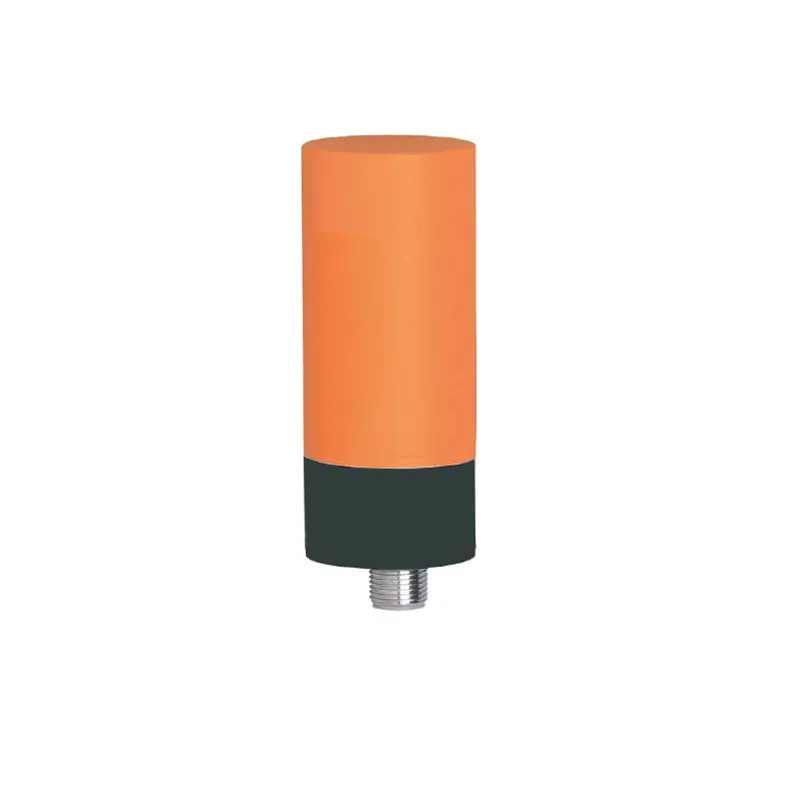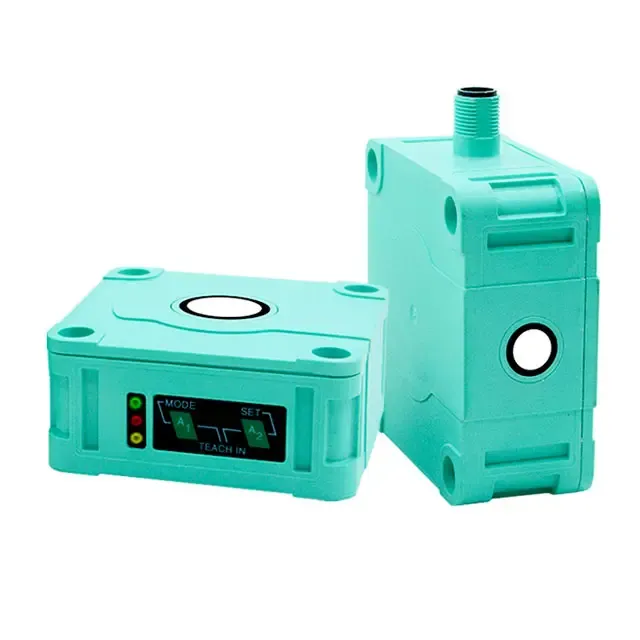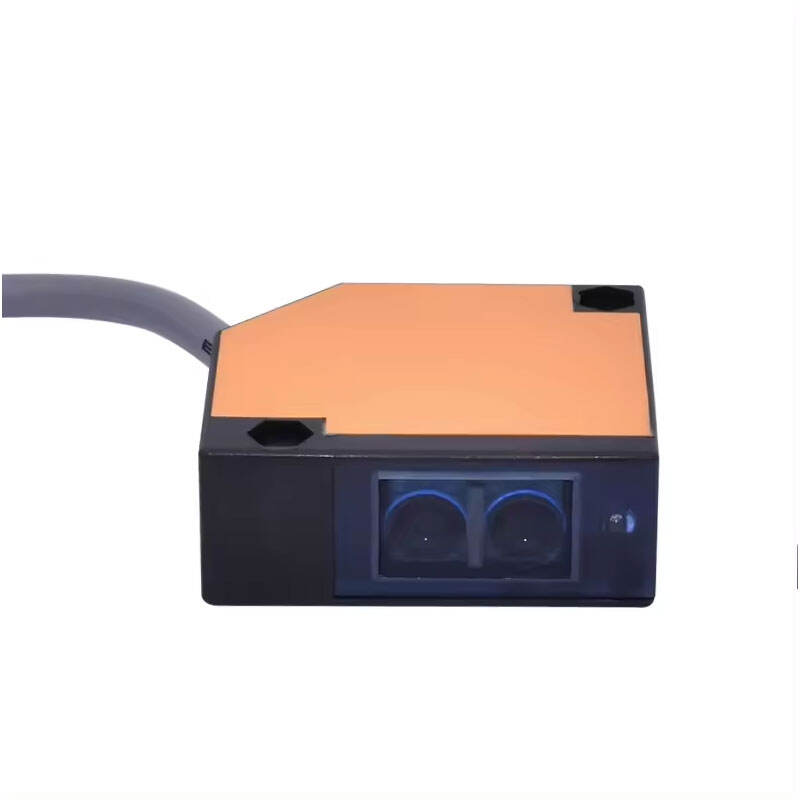optical proximity switch
An optical proximity switch is a sophisticated electronic sensor device that utilizes light beams to detect the presence or absence of objects without physical contact. Operating through the emission and reception of infrared or visible light, these sensors can accurately determine when an object enters their detection range. The sensor consists of an emitter that projects a light beam and a receiver that detects the reflected light when an object is present. Modern optical proximity switches incorporate advanced features such as adjustable sensing ranges, typically from a few millimeters to several meters, and various output configurations including digital and analog signals. These devices excel in environments where traditional mechanical switches would be impractical or unreliable. They find extensive applications in manufacturing automation, packaging lines, security systems, and consumer electronics. The technology employs either through-beam, retro-reflective, or diffuse sensing methods, each suited to specific application requirements. Enhanced versions feature built-in ambient light immunity, contamination compensation, and precise threshold adjustments for optimal performance in challenging environments. The durability and longevity of optical proximity switches make them ideal for continuous operation in industrial settings, while their fast response times enable high-speed detection applications.











